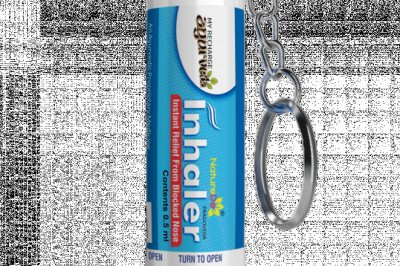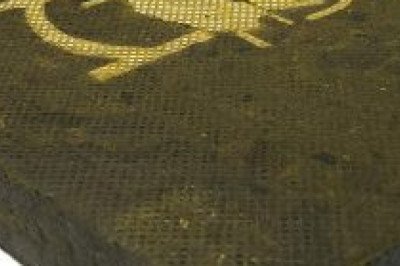views
Hair Transplant: Pros and Cons
It is well known that one of the main concerns of people regarding physical appearance is related to their hair. This can be compromised when people neglect their scalp by not giving it proper care through inadequate washing, by exposing it to aggressive agents or by having a family history of hair loss.
One of the main factors that cause hair loss is known as alopecia and it affects about 1.9% of the population worldwide. Currently, hair grafting represents one of the best options to reverse this condition.
In this article we will discuss some issues related to hair loss and hair grafting, as well as the advantages and disadvantages of undergoing this type of procedure.
What is alopecia and how does it affect people?
Alopecia refers to hair loss on parts of the head or body. This condition generally affects specific areas of the head, although it can also occur in other areas of the body and occurs in both men and women.
Despite being a "common" condition, it can have a negative psychological impact on a significant percentage of those affected.
There are several studies that have shown the negative psychological effects that occur in patients with alopecia. Some of these effects can be low self-esteem and depression, as well as neurotic and introverted attitudes.
On the other hand, patients who present these symptoms tend to develop better personal care and show interest in the various options that exist to treat this condition, such as the use of wigs/hairpieces, treatments to prevent hair loss (soaps , lotions, ointments) and the most natural and permanent result: the hair implant.
What is hair transplant?
Hair grafting (or hair transplantation) is a surgical technique that removes hair follicles from a region of the body, which is generally referred to as a donor region or site, and which are grafted into a region of the body that has no hair.
It is a surgical procedure used to treat baldness, the capillary implant is performed by transplanting a patient's hair from one region of his body to another, generally taking grafts or follicles from regions of the scalp with abundant hair (back or side of head) and transplanting them to the top/front of the head, which is where hair loss usually occurs.
What does the hair transplant procedure consist of?
Before performing the hair transplant procedure, patients should attend an assessment with the surgeon to discuss some aspects of the procedure. In some situations, surgeons may recommend a scalp scan in order to identify follicular density in order to replicate growth patterns and achieve a more natural hair graft result.
Additionally, patients should discontinue the use of any type of medication that could increase bleeding during surgery, which could affect the final result of the procedure.
This procedure is performed applying local anesthesia, so it is an outpatient process in which the patient can leave the same day after an intervention of around eight hours and carry out their recovery process in the comfort of their home.
The scalp is shampooed and subsequently treated with an antimicrobial product before proceeding with the harvesting of the scalp in order to have a sterile work area.
What are the different techniques used in hair transplant procedures?
There are different techniques for harvesting follicles and each one has points for and against which can determine which would be the best option for each patient. An adequate extraction of the follicle is essential to ensure the highest percentage of viability of the transplanted hair and thus avoid cutting the area of the hair that is inside the follicle.
Follicular Unit Transplantation (FUT)
This technique is the most common to remove follicles from the donor site. Surgeons remove a strip of scalp from the back of the head where it is in an area with good hair growth.
These cuts are made with care that the follicles are not damaged. Once these sections of scalp are obtained, the surgeon begins to close the wound while an assistant begins to cut the tissue into smaller sections.
During this part of the intervention, the assistants remove the excess tissue, leaving the follicles that will be used in the transplant intact, then the surgeon makes very small cuts to insert the follicles following a defined pattern to achieve a natural appearance.
Follicular Unit Extraction (FUE)
In the case of follicular unit extraction, unlike the previous technique, individual follicular units, which generally contain between 1 and 4 hairs, are removed directly from the scalp while the patient is sedated with local anesthesia. This process is performed by the surgeon making small punctures between 0.6 and 1 millimeter in diameter. The surgeon then proceeds to make small punctures/cuts with a fine needle or small blades at the sites where the follicles will be grafted. These cuts are made in a predetermined pattern and density, in order to achieve a natural appearance. The process of grafting the follicles into the cuts previously made by the surgeon is generally carried out by assistants.
Follicular unit extraction can be done in one long session or in several short sessions. Regardless of the number of sessions, this procedure takes longer than follicular unit transplantation (FUT). Depending on the area to be covered, the procedure can last from a session of a few hours to a couple of full days.
WHY DOES DANDRUFF COME OUT? CAUSES
Hair Treatment Specialist in Vadodara











